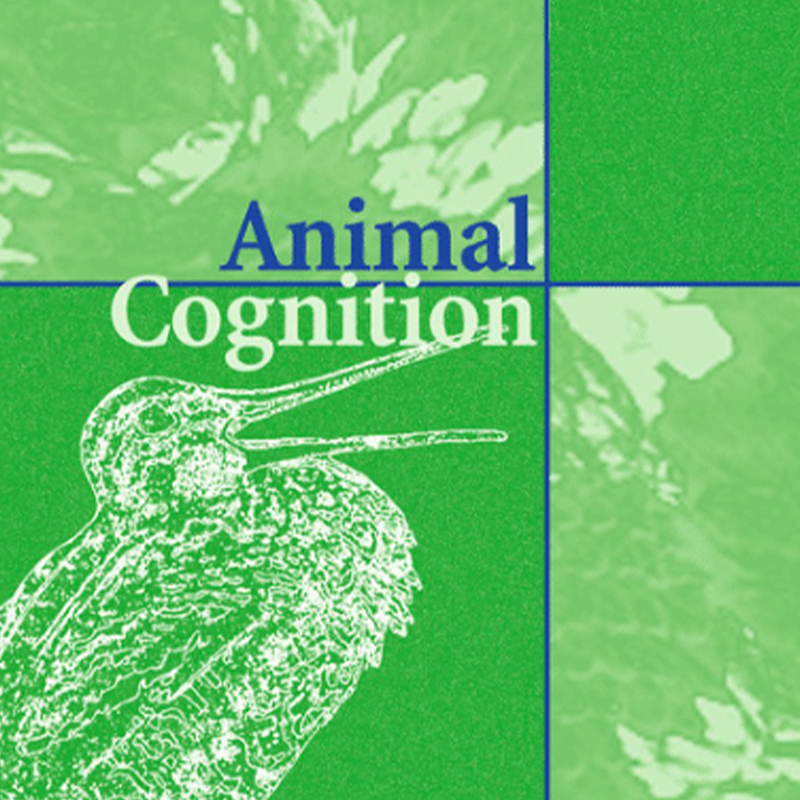Efficiency of Humans and Monkeys at Very Low Contrasts
Macé MJ, Delorme A, Richard G, Fabre-Thorpe M. (2010) Spotting animals in natural scenes: efficiency of humans and monkeys at very low contrasts. Animal Cognition. May;13(3):405-18. doi: 10.1007/s10071-009-0290-4. Epub 2009 Nov 18.
Abstract
The ability of monkeys to categorize objects in visual stimuli such as natural scenes might rely on sets of low-level visual cues without any underlying conceptual abilities. Using a go/no-go rapid animal/non-animal categorization task with briefly flashed achromatic natural scenes, we show that both human and monkey performance is very robust to large variations of stimulus luminance and contrast. When mean luminance was increased or decreased by 25-50%, accuracy and speed impairments were small. The largest impairment was found at the highest luminance value with monkeys being mainly impaired in accuracy (drop of 6% correct vs. <1.5% in humans), whereas humans were mainly impaired in reaction time (20 ms increase in median reaction time vs. 4 ms in monkeys). Contrast reductions induced a large deterioration of image definition, but performance was again remarkably robust. Subjects scored well above chance level, even when the contrast was only 12% of the original photographs ( approximately 81% correct in monkeys; approximately 79% correct in humans). Accuracy decreased with contrast reduction but only reached chance level -in both species- for the most extreme condition, when only 3% of the original contrast remained. A progressive reaction time increase was observed that reached 72 ms in monkeys and 66 ms in humans. These results demonstrate the remarkable robustness of the primate visual system in processing objects in natural scenes with large random variations in luminance and contrast. They illustrate the similarity with which performance is impaired in monkeys and humans with such stimulus manipulations. They finally show that in an animal categorization task, the performance of both monkeys and humans is largely independent of cues relying on global luminance or the fine definition of stimuli.
